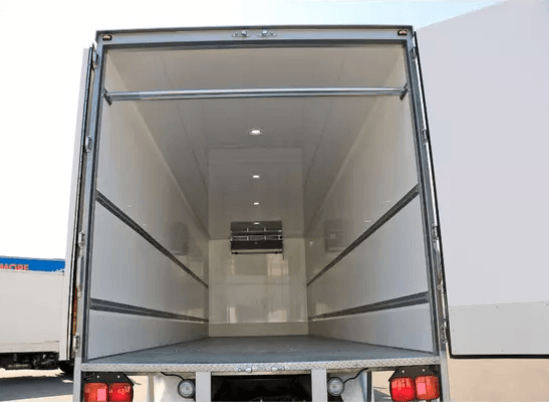Australian Cold Chain Guidelines – Three Essential Rules
The Australian Food and Grocery Council imposes a series of guidelines in an effort to protect the refrigerated and frozen food industry. The food and grocery processing sector is worth $127.4 billion, and future growth is predicated on safe transport of perishable goods.
The Australian Cold Chain Guidelines 2017 details best practice on every aspect of the cold chain process. In the age of litigation, a single broken link in the cold chain can cause serious repercussions in the future.
Those new to refrigerated transport need to be well-versed in these guidelines, but we have broken down the three major rules covered for your convenience.
The ‘Never Warmer Than’ Rule
The cold chain refers to every business associated with refrigerated and frozen food transportation, and ranges from manufacturing through delivery, storage, retail and service of frozen or chilled foods.
The first important rule governs maximum and minimum temperatures that chilled and frozen foods can be subjected to. Chilled foods must be stored, transported and handled at temperatures that do no exceed 5 degrees. It is also recommended that chilled foods remain above 0 degrees, so as to prevent ice crystals from forming and damaging the product.
Frozen foods (including ice cream) must be stored, transported and handled at a temperature that is never warmer than -18 degrees.
There are exceptions to these rules, and manufacturers can set different temperature levels as they see fit depending on the nature of the product. One such example is exported meat, which is often stored and transported at -12 degrees. Whatever temperature is set by the manufacturer must be adhered to throughout the cold chain.
The ‘Maximum Time Out Of Refrigeration’ Rule
For chilled foods, the requirements are as follows. Produce that is being moved or dispatched in normal temperatures or in standard air conditioning must not be kept out of refrigeration for any longer than 20 minutes. If the produce is moved into a refrigerated ‘ante-room’ where the temperature is set between 0 and 5 degrees, there is no necessary time limit imposed.
For frozen foods, the requirements are a little more specific. Frozen produce being moved or dispatched in normal temperatures must be transported within 20 minutes. If the produce is being moved within an air-conditioned ante-room (5 to 15 degrees), the maximum allowable time is 60 minutes. If the ante-room is refrigerated (0 to 5 degrees), the maximum allowable time is 90 minutes.
Ice-cream and similar ice confection are excepted from this rule, as they are damaged by heat exposure much quicker than other frozen products. All ice confections must be moved within 20 minutes and unloaded last/moved first wherever possible.
The ‘First Expiry First Out’ Rule
FEFO stock rotation is common sense, but quality inventory management is necessary to prevent food wastage. In some instances the most recent stock to arrive is the most accessible – a proactive and measured attitude toward stock rotation is necessary to prevent food wastage.
To implement the FEFO stock rotation rule, the Australian Cold Chain Guidelines recommend the use of a management system that keeps track of three things – product markings, product location and product handling. Adherence to these three principles will ensure that food wastage is limited.
Dedicated third-party software is available that effectively tracks these aspects, but smaller businesses can keep up to date with a basic pen and paper system.
Entry-Level Refrigerated Transport Options from Scully RSV
These rules are important knowledge for those new to the world of refrigerated and frozen transport. Scully RSV offer a range of transport options for those looking to start a new business, with everything from One Tonne Refrigerated Utes to 12 Tonne Arctic Cargo Towers available for hire or purchase. We offer the most comprehensive options for truck hire Sydney, Brisbane and surrounding areas can muster.
For any enquiries, give us a call on 1800 728 559 or make use of our online contact page.
Want to find out more about refrigerated vehicles? Check out our previous posts:
3 Tips for Successfully Transporting Frozen Food
Cold Chain Transportation: Managing and Protecting Perishables
5 Maintainance and Safety Tips For Your Insulated Truck
Our Truck Repair and Maintainance Services


